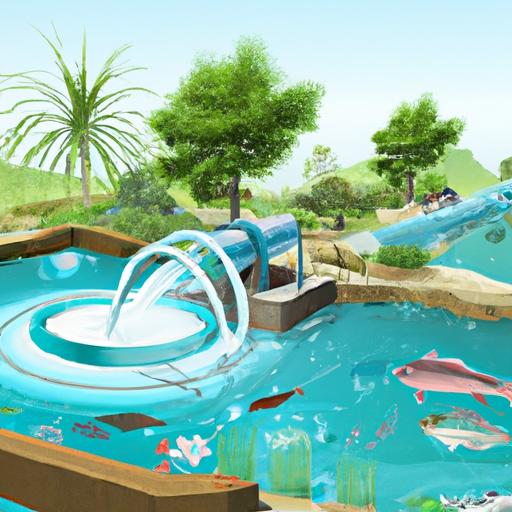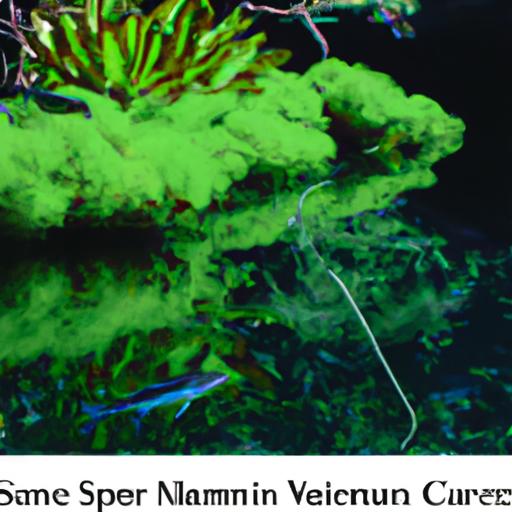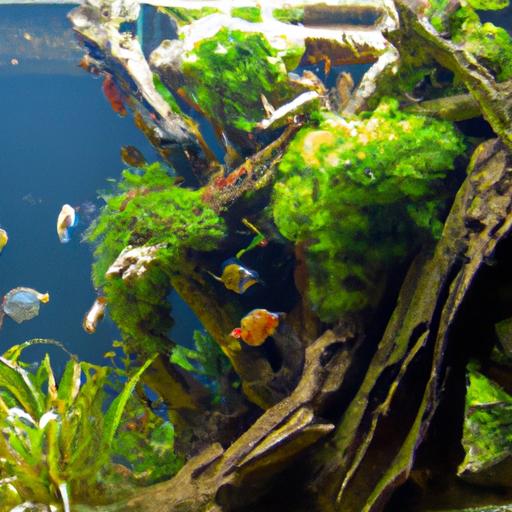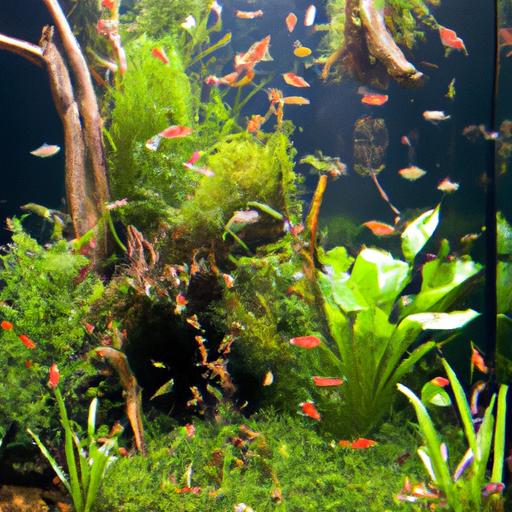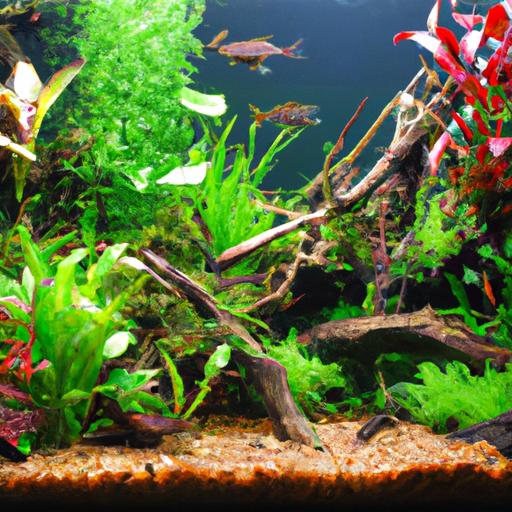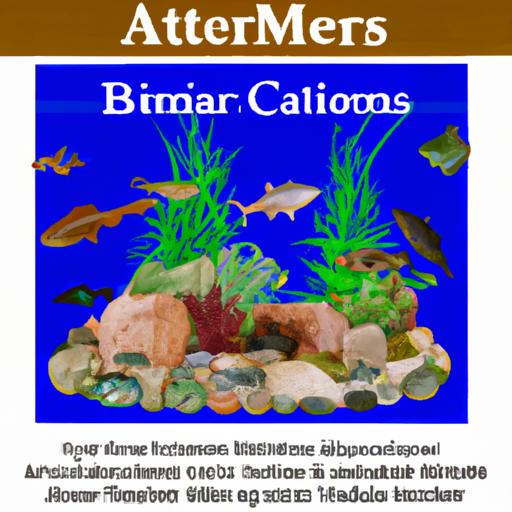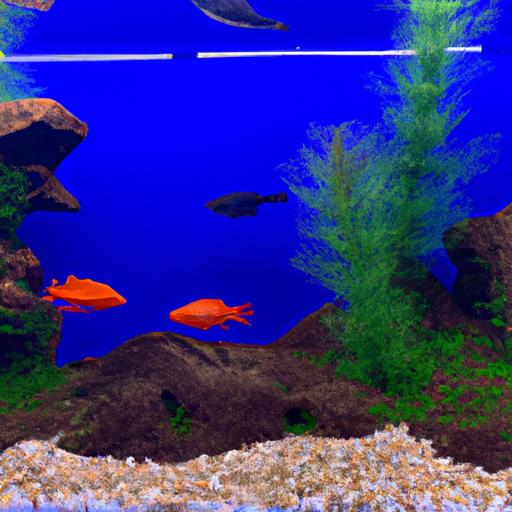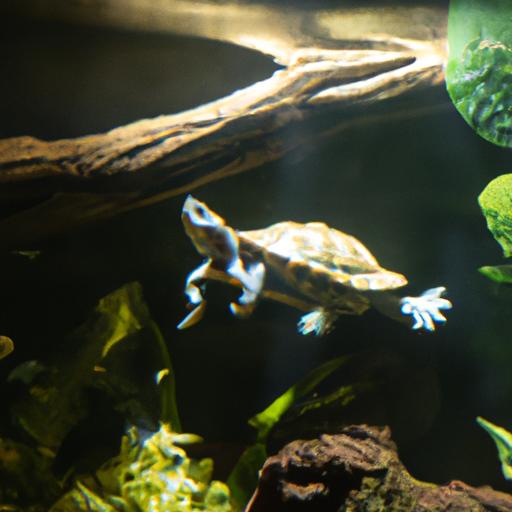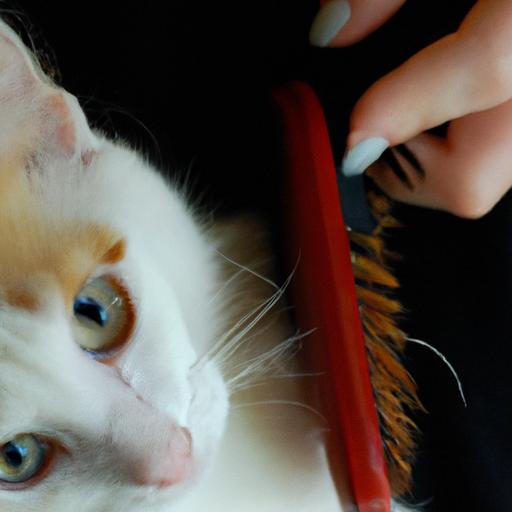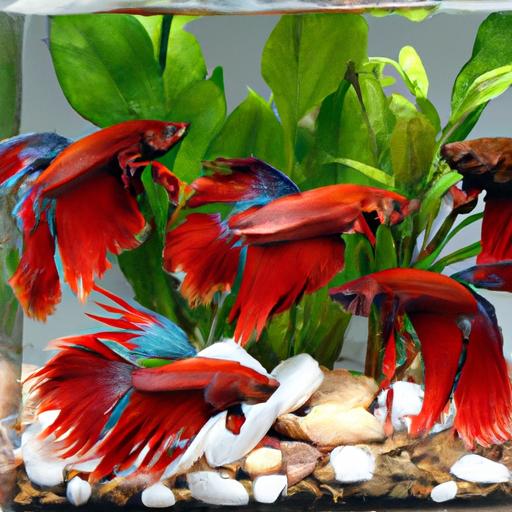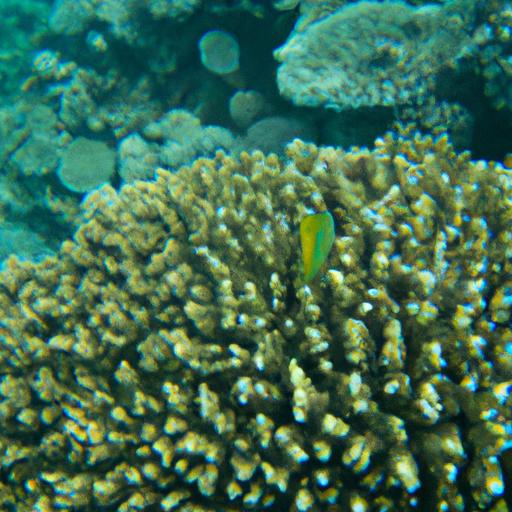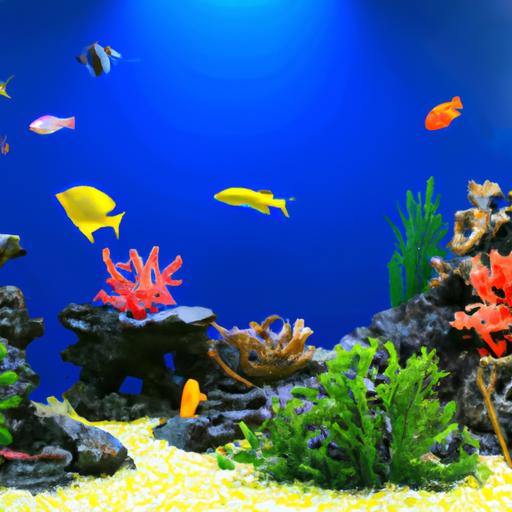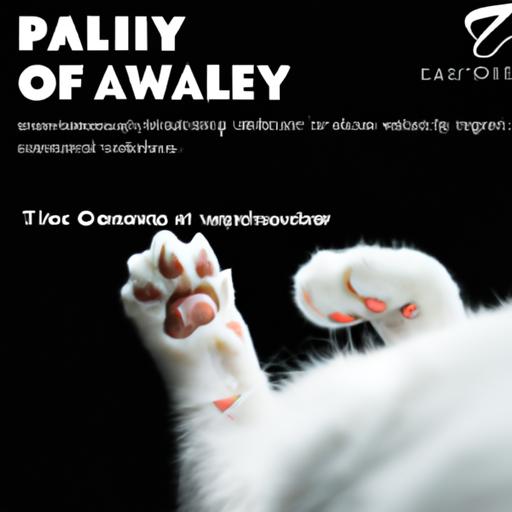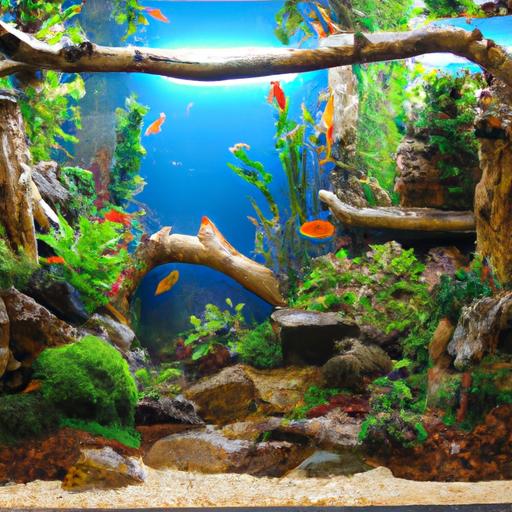
Designing a Natural Biotope: Freshwater Aquarium Inspiration
Discover the art of designing a natural biotope freshwater aquarium! Get inspired with tips and ideas for creating a thriving underwater ecosystem.
Introduction
Are you an aquarium enthusiast looking to create a captivating underwater world in your own home? Designing a natural biotope freshwater aquarium might be just the inspiration you need. These aquatic ecosystems mimic the natural habitats found in the wild, providing a harmonious environment for fish and plants to thrive. In this article, we will explore the intricacies of designing a natural biotope aquarium and provide you with valuable tips and inspiration to create your own underwater masterpiece.
Designing a Natural Biotope: Freshwater Aquarium Inspiration
Understanding the Concept
A natural biotope aquarium is a carefully designed ecosystem that replicates the natural environment of a specific region or habitat. It aims to recreate the conditions and characteristics found in nature, including water parameters, vegetation, and the types of fish that inhabit that particular ecosystem. By recreating these natural habitats, we can provide a more enriching and fulfilling experience for the aquatic life in our aquariums.
Factors to Consider
Before diving into the design process, it’s essential to consider a few key factors. Firstly, research the specific region or habitat you wish to replicate. Understanding the natural conditions, water parameters, and the types of flora and fauna found in that ecosystem will guide your design choices. Additionally, consider the size of your aquarium and the compatibility of the species you plan to include. Ensuring the right mix of fish and plants will contribute to a balanced and thriving ecosystem.
Research and Selection
One of the most exciting aspects of designing a natural biotope aquarium is researching and selecting the right fish and plant species. Dive into the world of biodiversity and explore the unique species that inhabit your chosen habitat. Consider their natural behaviors, preferred water parameters, and the interactions they have with other species. This research will help you create a cohesive and harmonious community within your aquarium.
Creating the Suitable Habitat
Once you have selected the fish and plant species, it’s time to create a suitable habitat within your aquarium. Start by recreating the substrate, which should resemble the natural environment. Utilize materials like sand, gravel, or rocks that mimic the natural habitat’s appearance and texture. Introduce driftwood and rocks to provide hiding spots and create natural divisions within the aquarium.
Next, consider the water parameters required for your chosen species. Adjust the temperature, pH levels, and water hardness to match their natural preferences. This attention to detail will ensure the well-being and vitality of your aquarium inhabitants.
Tips for Recreating a Natural Environment
To truly capture the essence of a natural biotope aquarium, there are a few additional tips to keep in mind:
-
Aquascaping: Use plants, rocks, and driftwood strategically to create a visually appealing and natural-looking aquascape. Mimic the flow of rivers, the structure of underwater caves, or the lush vegetation found in specific habitats.
-
Lighting: Choose lighting that replicates the intensity and spectrum of natural sunlight. This will promote healthy plant growth and enhance the colors of your fish.
-
Maintenance: Regular maintenance is key to keeping your natural biotope aquarium thriving. Perform regular water changes, monitor water parameters, and trim plants as needed to maintain a healthy balance within the ecosystem.
-
Natural Behavior: Observe the natural behavior of your chosen fish species and recreate their preferred conditions. Provide hiding spots, open swimming areas, and suitable substrates to encourage their natural behavior and overall well-being.
Frequently Asked Questions (FAQs)
Q: Can I mix fish from different regions in a natural biotope aquarium?
A: It is generally recommended to avoid mixing fish from different regions in a natural biotope aquarium. Each species has specific requirements and behaviors that are adapted to their native habitats. Mixing species from different regions may lead to stress, aggression, and an imbalance in the ecosystem.
Q: Can I use artificial plants in a natural biotope aquarium?
A: While the use of live plants is highly encouraged in a natural biotope aquarium, it is possible to use high-quality artificial plants that closely resemble their natural counterparts. However, keep in mind that live plants contribute to the overall health of the ecosystem by oxygenating the water and providing natural filtration.
Q: How can I maintain water parameters in a natural biotope aquarium?
A: Regular monitoring of water parameters such as temperature, pH levels, and water hardness is essential. Utilize appropriate equipment like heaters, filters, and water conditioners to maintain stable conditions. Additionally, consider the use of natural materials like peat moss or botanicals to mimic the water chemistry of specific habitats.
Conclusion
Designing a natural biotope freshwater aquarium offers a unique and rewarding experience for aquarists. By meticulously recreating the natural habitats of fish and plants, we can observe their natural behaviors and contribute to their overall well-being. Remember to conduct thorough research, select suitable species, and create a habitat that mirrors their natural environment. With careful planning and attention to detail, you can create a captivating underwater world that will leave you and your guests in awe. So, dive in and start designing your own natural biotope aquarium today!
